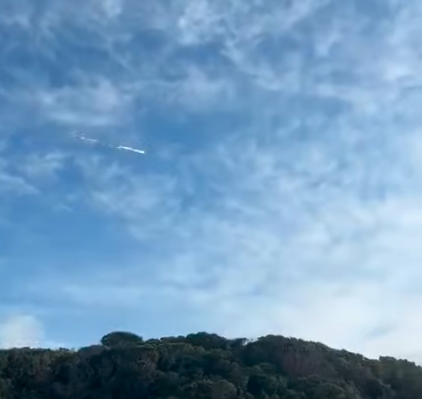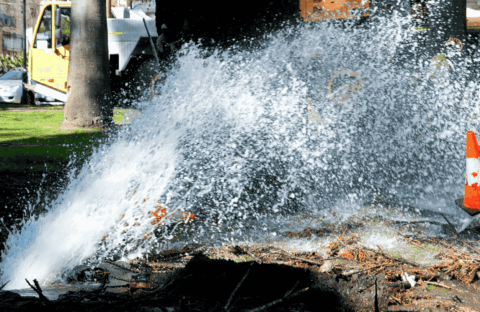
Meteorite Fragments Found in Eastern Cape Spark Excitement
Meteorite Fragments Found in Eastern Cape Spark Excitement
Meteorite Fragments Found in Eastern Cape Spark Excitement
On Sunday morning, a spectacular meteorite event lit up the skies over South Africa’s Eastern Cape, captivating residents and scientists alike. Eyewitnesses reported seeing a bright streak of light over St Francis Bay, with some capturing the phenomenon on video. The meteorite, which entered Earth’s atmosphere between 8:30 and 9:00 am, was initially mistaken by some for space debris from a satellite. However, it was later confirmed to be a rocky asteroid approximately the size of a car.

to Professor Roger Gibson from the Wits School of Geosciences, the meteorite entered the atmosphere at a high speed, creating a brilliant fireball and breaking up in the process. “The incident is consistent with a rocky asteroid entering Earth’s atmosphere,” said Gibson. “The friction caused by the atmosphere resulted in the spectacular display and fragmentation.”
Reports from a whale-watching boat captain described objects splashing into the ocean off Cape St Francis, while fragments of the meteorite have been found near Kirkwood, over 100 km from the coast. This discovery suggests an unusually large fall area, which is of great interest to scientists.
Meteorites are rare and offer valuable insights into the solar system’s formation and composition. The last recorded meteor fall in South Africa occurred in Lichtenburg in 1973. With only 51 documented meteorites and 22 recorded falls in the country, this recent event represents a significant opportunity for scientific research.
Wits University, a key repository for meteorites in South Africa, is closely monitoring the situation. Professor Gibson, along with his colleagues Professor Lew Ashwal and Dr. Leo Vonopartis from Wits, and Dr. Carla Dodd from NMMU, are eager to learn more about the recent meteorite fall. They invite the public to report any sightings, sounds, or possible meteorite fragments.
“We are particularly interested in hearing from witnesses who saw or heard anything related to this event,” Gibson emphasized. “Your observations can help us piece together the meteor’s trajectory and evaluate its impact.”
For those who believe they may have found a meteorite, the process for proper handling is crucial. The meteorite should be photographed in its original location, with GPS coordinates recorded. It should then be wrapped in aluminum foil, placed in a zip-lock bag, and reported to the researchers for further analysis. This careful documentation provides essential scientific data.
Meteorites, like fossils, are considered items of national heritage in South Africa, and their trade is regulated by the South African Heritage Resources Act. This recent event not only offers a chance for scientific discovery but also underscores the importance of preserving and studying these celestial fragments.
As the search continues, both scientists and the public play a vital role in uncovering the mysteries of this cosmic event.








